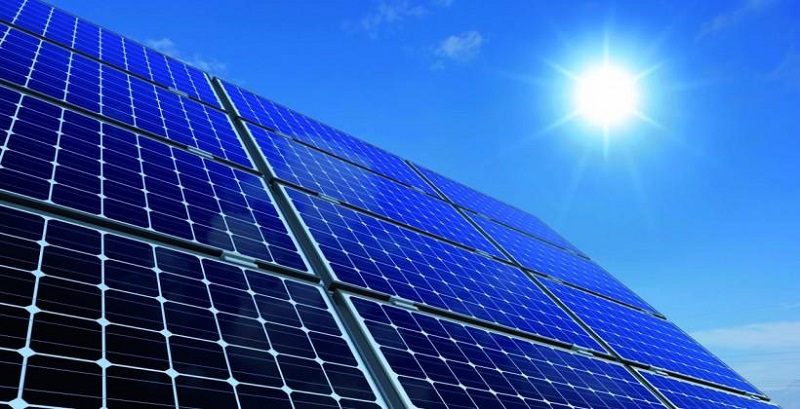Latest news on Vietnam solar power: Prices to be made via auction
The auction aims to balance the development of solar farms in the country, avoiding overload of the power transmission network in the central region.
Selling prices of solar power applied from July 1st, 2019 in Vietnam would be determined via public action, the Government Office has announced.
| A solar park. Photo: MIT Technology Review |
Accordingly, the encouraging prices would be applied for projects that have a power purchase agreement (PPA) and are slated to be put into operation in 2020 while the remaining projects (the new ones) would undergo public auctions for the selling prices.
Prime Minister Nguyen Xuan Phuc’s decision is aimed to lower the solar power prices which current hit 9.8 US cents/kWh applied for solar parks that became operational before June 30, 2019.
For the central province of Ninh Thuan alone (one of the biggest solar power hubs in Vietnam together with Binh Thuan neighboring province), the selling solar prices would be unchanged until the locality’s solar power capacity reaches 2,000 megawatts (MW) or by the end of 2020, depending on either of the conditions.
In addition, the PM asked the Ministry of Industry and Trade (MOIT) to cooperate with the Committee for Management of State Capital at Enterprises (CMSC), Vietnam Electricity (EVN), and local governments to speed up the building of power transmission network with an aim to avoid the reduction of power generation that cause losses to developers.
The authorized agencies need to review legal regulations to consider the permission of non-state sector to invest in this segment. This issue must be reported to the prime minister by the end of this month.
Meanwhile, the MOIT is required to submit the Power Development Plan VIII next year for the prime minister’s approval.
Solar auction
In April 2017, the government of Vietnam approved Decision No. 11/2017/QD-TTg to enable the private sector to invest in clean energy sources that can help meet the country’s surging demand for electricity.
Decree 11 provides for a Feed-in-Tariff (FiT) of 9.35 US cents per kWh for grid-connected solar projects, as well as a net-metering scheme for rooftop solar projects. The FiT, however, was due to expire in July 2019, at which point, the government wanted to transition to solar power projects delivered through an auction scheme.
The government’s goal under the Revised Power Development Plan VII is for renewable energy to contribute 9.9% to the country’s total installed capacity by 2020, 12.5% by 2025 and 21% by 2030.
As of June 30, 2019, Vietnam is home to 87 active solar farms with total installed capacity of 4,464 MW, accounting for 8.3% of the national power grid.
However, the majority of solar parks are located in Ninh Thuan and Binh Thuan, causing overload to the power transmission grid. Solar farms sometimes run only 30-40% of their designed capacity due to weak power transmission network.












